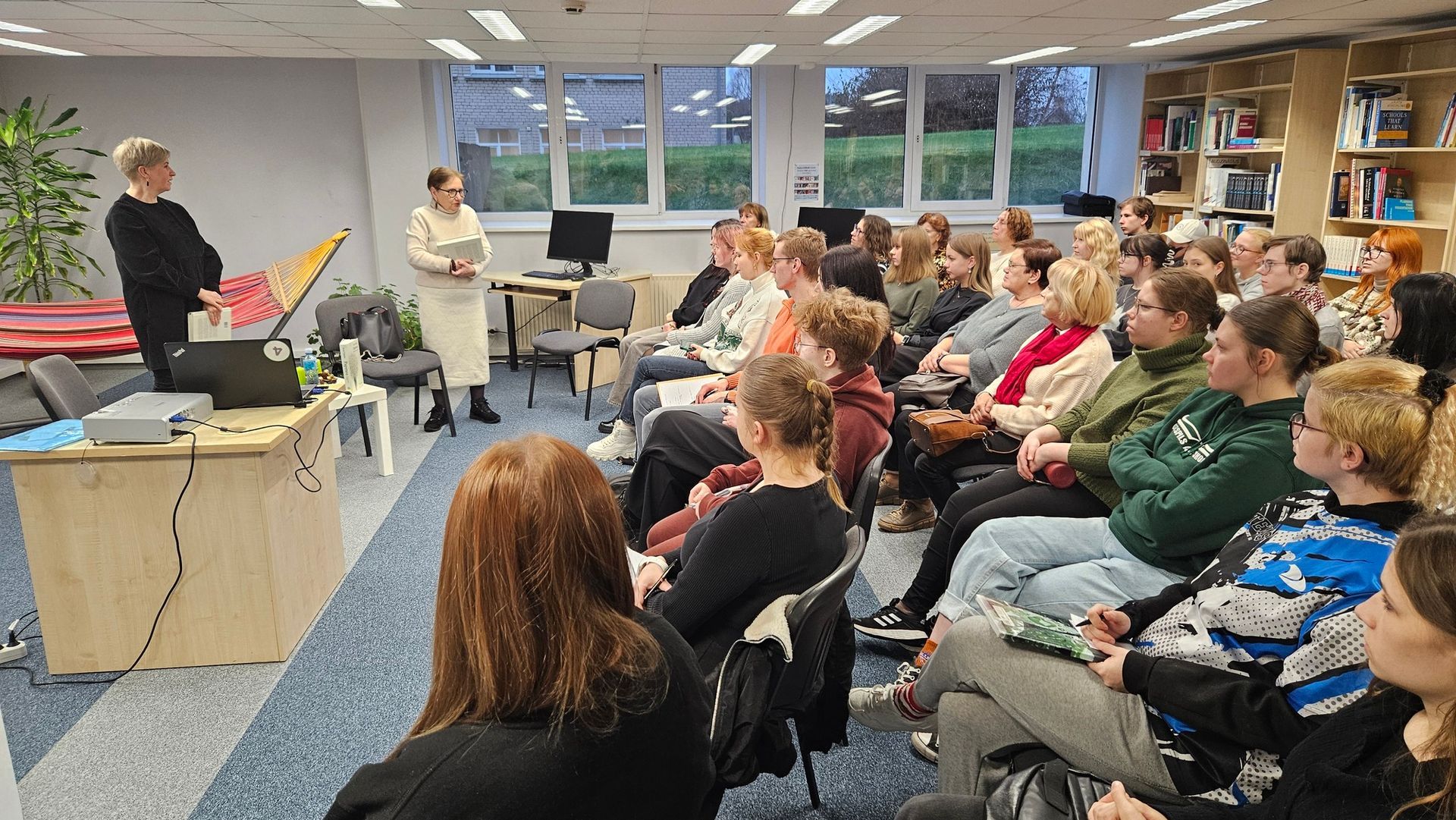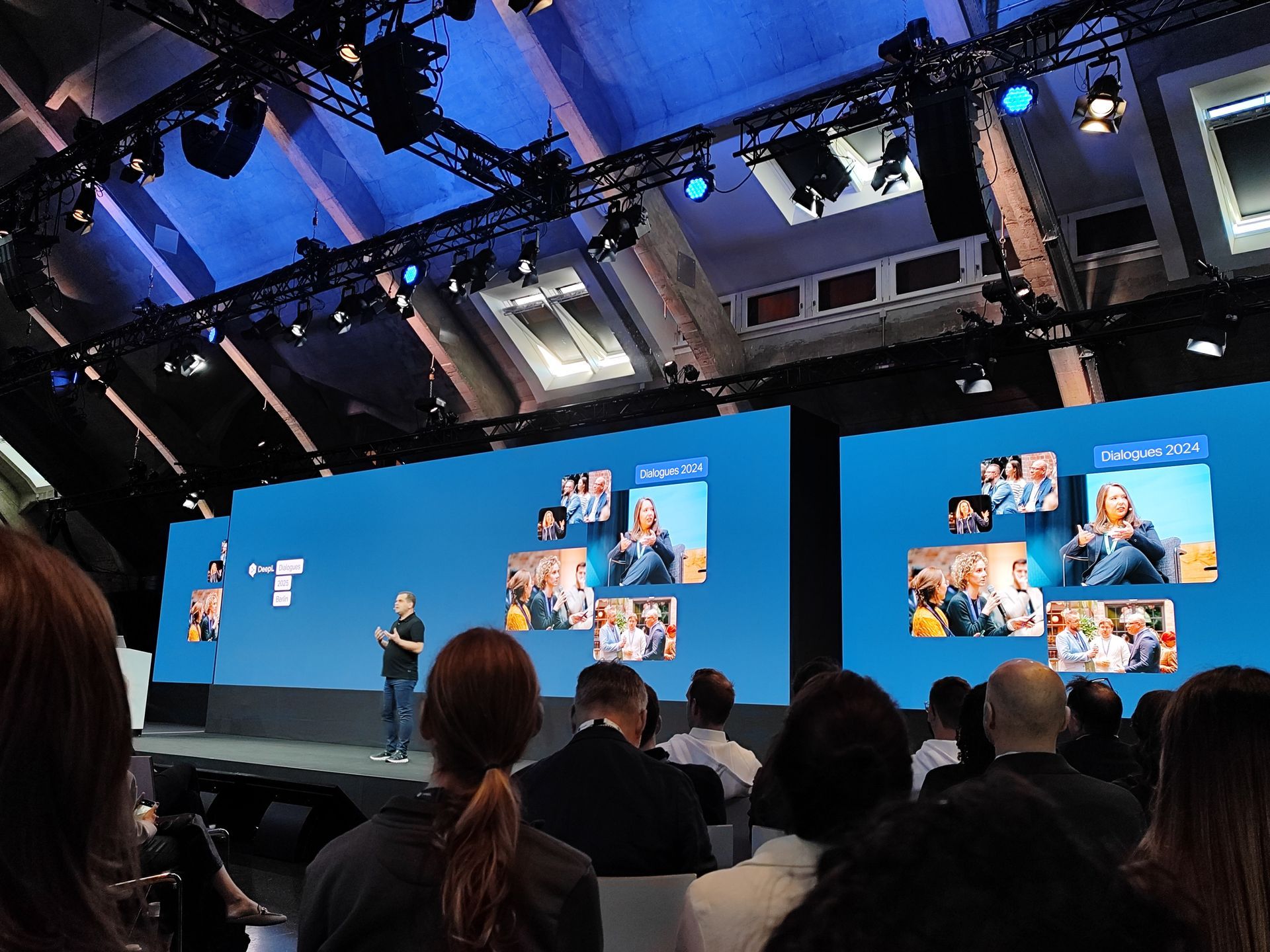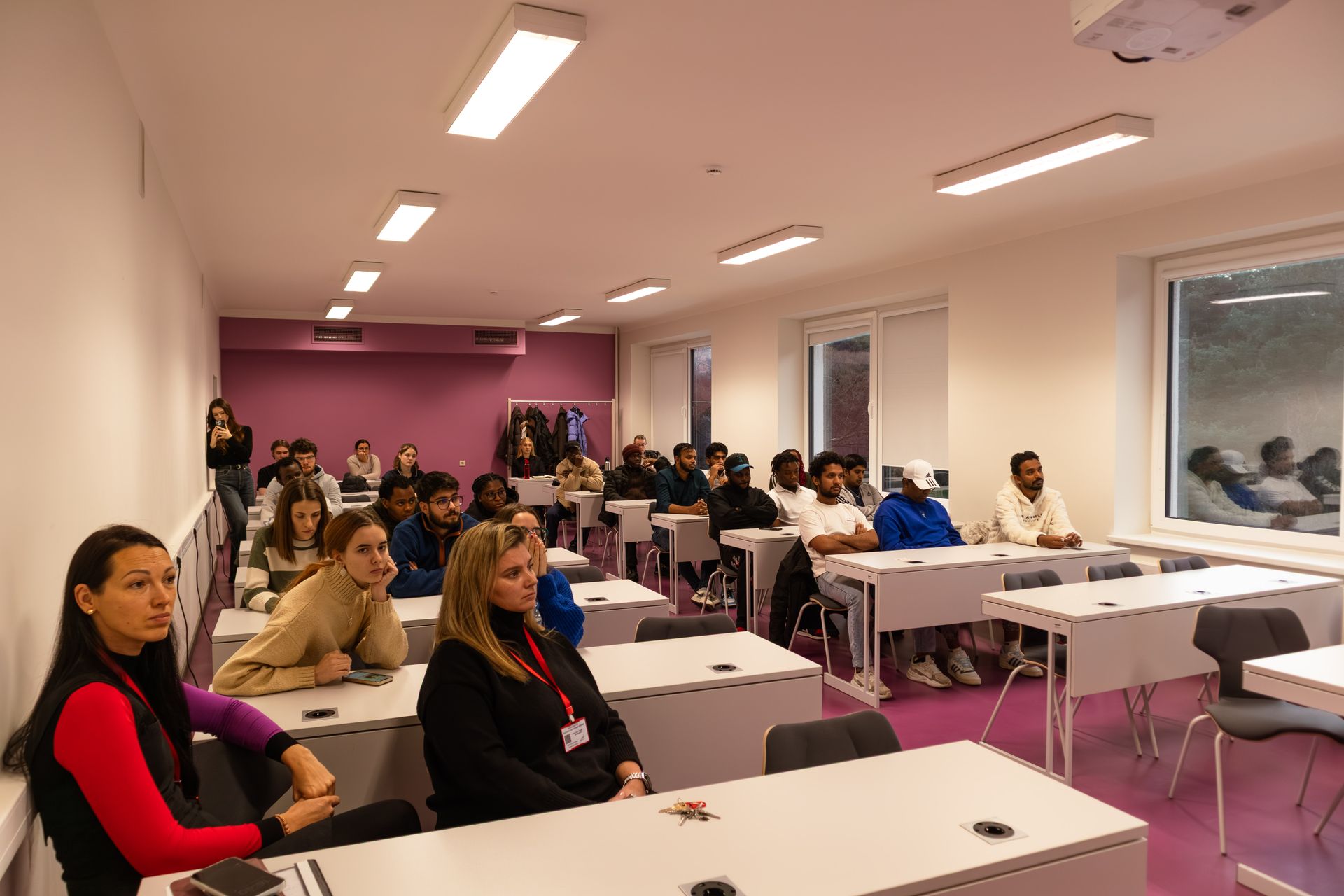Historic Double Flyby of the ESA JUICE Mission Near the Moon
Last night, the European Space Agency's (ESA) probe Juice performed a flyby of the Moon, and during the night from 20th to 21st August, it will conduct a flyby of Earth. This flyby marks the first-ever Moon-Earth gravity assist maneuver in the history of space exploration and is a significant step in Juice's long journey to the Jupiter system, which it is expected to reach in 2031. Ventspils University of Applied Sciences is part of the Juice team to successfully carry out the mission.
The Juice interplanetary probe was launched in April 2023 and will reach its destination in July 2031, where it will study Jupiter and its three large icy moons: Ganymede, Europa, and Callisto, over several years. The mission will explore potential habitable environments around gas giants, as well as the Jupiter system, which serves as a model for many giant planets now known to orbit other stars. Juice will be the first interplanetary probe to orbit a moon—Ganymede—in the outer Solar System.
The Juice mission is an international collaboration involving institutions from around the world, including Ventspils University of Applied Sciences (VUAS) and its Engineering Institute, the Ventspils International Radio Astronomy Center (VIRAC). VIRAC is a partner in the Planetary Radio Interferometry and Doppler Experiment (PRIDE), a ground-based astronomical experiment. VUAS is also part of the scientific team for the Radio & Plasma Wave Investigation (RPWI), one of the ten scientific instruments on the Juice probe. Participation in Juice significantly strengthens VUAS’ role in international space research.
VIRAC's involvement in the PRIDE instrument began this year and was made possible thanks to the center's high expertise in radio astronomy and deep space communications. PRIDE uses Very Long Baseline Interferometry (VLBI) techniques, with the VSRC managing the Irbene radio telescopes, which are part of the international VLBI network. PRIDE provides precise measurements of Juice's spacecraft position and velocity—data essential for understanding the dynamics of Jupiter's icy moons and its complex environment.
During the gravity assist maneuver, Juice utilizes both the Moon's and Earth's gravitational fields to alter the probe's speed. Gravity assists allow for significant fuel savings when reaching distant locations in the solar system. Juice's closest approach to the Moon is at a distance of 700 km on August 20 at 00:16 Latvian time, followed by a flyby of Earth at a distance of 6,807 km on August 21 at 00:57 Latvian time. The next gravity assists are planned for 2025 (Venus), 2026 (Earth), and 2029 (Earth).
More information
Juice mission: https://www.esa.int/Science_Exploration/Space_Science/Juice
PRIDE experiment: https://www.jive.eu/jive-projects/esa-juice-pride
Contact person for Juice and PRIDE instrument at Ventspils University of Applied Sciences: Vladislavs Bezrukovs vladislavs.bezrukovs@venta.lv

Share on other platforms
Other news







